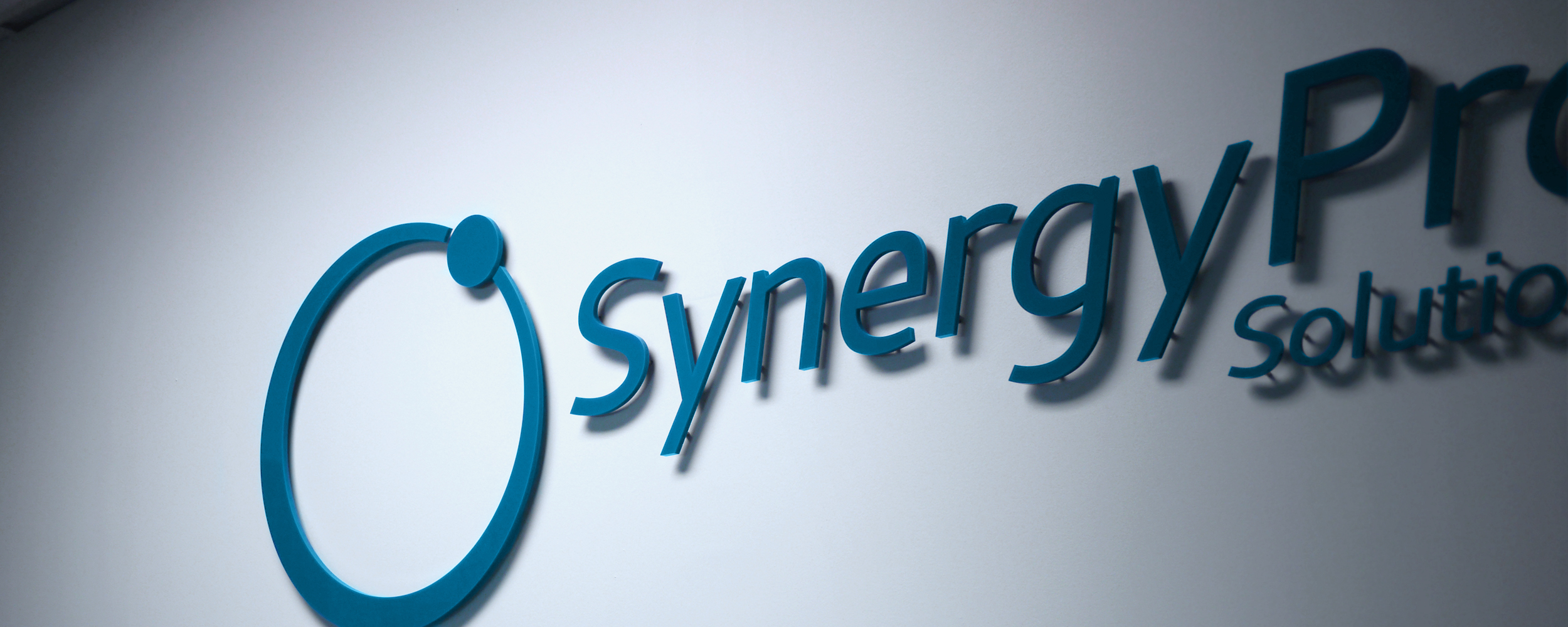
Approval
The design phase delivers a visual representation of the project in its entirety, usually in JPGs or PDFs. In some cases there can even be a working prototype to scrutinize. The Approval phase gives the client time to look at the project from many angles. Does it appeal, does it achieve all the project goals, does it function the way it was intended to. Before the project moves into development and becomes a working website or application we give the client time to make changes, tweak the details, adjust colour and ensure the brand is well represented. Once the client signs off and approves each screen we start the final phase; changes after approval must be evaluated for timeline and budget impact.
To avoid blurred requirements and goals, cost overruns, overlapping timelines and missed deadlines we place a formal approval phase between the design phase and the start of the development or build phase. To make tweaks and changes on paper, in flat file format is much easier than when the project enters development. The programmer’s job can be incredibly complicated and what may seem like a simple change may have grave consequences to features that are integrated with each other. To simply add a new feature that wasn’t part of the original plan could mean having to start from scratch.
Development timelines are the longest in the project and therefore backtracking and rewriting code can amount to many hours of time wasted. It’s far better to take a few weeks before the development phase and analyze, discuss and present the designs page by page in order to ensure that the client can quantify all the requirements from the discovery phase with the flat files and working prototypes from the design phase.
We encourage discussion and dialogue at this point in the project because it is the last chance for major changes in the timeline. Here are a number of ways to help direct the designers towards ensuring your project meets its goals and objectives:
-
Focus on problems not solutions
Always let the design team work out the solution. Rather than telling them to use red for this call to action, explain why the colour they chose isn’t working. When the client begins to make design choices the project starts down a slippery slope, where one change can lead to many, and then decisions that were painstakingly made for good reason can get eliminated for mediocre reasons.
-
It’s all about user needs and business goals
Don’t get caught up in the details of spacing, palette and layout, rather ask yourself, does it meet my business goals and how will my customers respond to it? Again, let the designers figure out how to fix things if the answers to either of these questions is ‘no’.
-
Always explain why
If you don’t like an aspect of the design, don’t just say “I don’t like it” – explain why. Always try to articulate your feelings and opinions and be sure they relate to elements outlined in the discovery phase. A good explanation will allow the design team to exercise positive solutions.
-
Recognize personal bias
Design is extremely subjective. Everyone has a personal opinion about what looks good and what doesn’t. Try not to get caught exploiting personal bias, remember to always ask yourself if the end user will like it.
-
If in doubt, test
Sometimes a project will grind to a halt because of disagreements on how to proceed forward. If this happens, defer to others, people with less of a stake. There are many ways to solicit feedback from a larger circle of people without consuming time or money. Group feedback will give you the confidence that you are making the right decision.
-
Nothing is permanent
Unlike other mediums like print or television a website can be changed at any time. Problems can be worked on, and feedback from real users can be turned into solutions. Making a design decision at the approval phase is not always a life or death decision. If you can’t sort out the best solution then put it to your end user for clarification.
-
Listen to the research
A website is not art on the wall, there is considerable science and psychology behind it. Years or research has gone into determining what works to increase traffic and improve conversion rates so when possible use best practices rather than re-inventing the wheel.
-
Resist the urge to copy
A great technique for inspiration is visiting your competitor’s websites however doing it because it seems to be working for them is bad practice. What works for one company isn’t necessarily going to work for another and if all the players in your vertical are doing the same things it will be easy for one of them to break the mold and differentiate themselves. Listen to the research but be unique.
-
Context is everything, so always present it
So you and your designer(s) have spent weeks coming up with the current design and then you decide to show it to your wife at home. Make sure that you explain why each aspect of the project looks the way it does otherwise you may get an earful of criticism without any of it having the benefit of all the deliberating that has gone into it so far.
-
Avoid design by committee
Because we all have opinions about good design showing the work to too many people will have a negative effect. Keep the opinion contributors to a minimum and panel them individually so that you will take the most away from each.

